New Delhi: India continues to hold the top position in global milk production, contributing nearly a quarter of the world’s supply and accounting for about 5 per cent of the national economy, according to an official statement issued on Monday. The sector directly employs more than 8 crore farmers and touches over 8 crore rural households, many of whom are small and marginal farmers.
Data show that women play a significant role in milk production and collection, making the sector a strong driver of inclusive growth. Nearly 70 per cent of the dairy workforce consists of women, and about 35 per cent are active members of cooperatives. Across the country, more than 48,000 women-led dairy cooperative societies are functioning at the village level.
Production Growth
Over the past decade, the dairy sector has registered significant growth. Milk production rose by 63.56 per cent—from 146.30 million tonnes in 2014–15 to 239.30 million tonnes in 2023–24. This reflects an average annual growth rate of 5.7 per cent over the last 10 years.
Figures released by the Food and Agriculture Organisation confirm India’s position as the world’s largest milk producer, ahead of the United States, Pakistan, China and Brazil.
Per Capita Availability
The availability of milk for each person has also increased. Per capita supply rose by 48 per cent to 471 grams per person per day in 2023–24, compared with the global average of around 322 grams per person per day.
Livestock and Productivity
India’s bovine population, estimated at 303.76 million—including cattle, buffalo, mithun and yak—remains the backbone of the dairy sector as well as agricultural draught power. Sheep (74.26 million) and goats (148.88 million) also play a key role, particularly in milk production in arid and semi-arid regions.
Between 2014 and 2022, India recorded a 27.39 per cent increase in bovine productivity (Kg/year), the highest in the world. This growth rate exceeded the global average increase of 13.97 per cent and surpassed that of countries such as China, Germany, and Denmark.
Cooperative Network
The cooperative structure in the sector is extensive. As of 2025, it includes 22 milk federations, 241 district cooperative unions, 28 marketing dairies and 25 Milk Producer Organisations (MPOs). Together, they cover about 2.35 lakh villages and have 1.72 crore dairy farmers as members.

